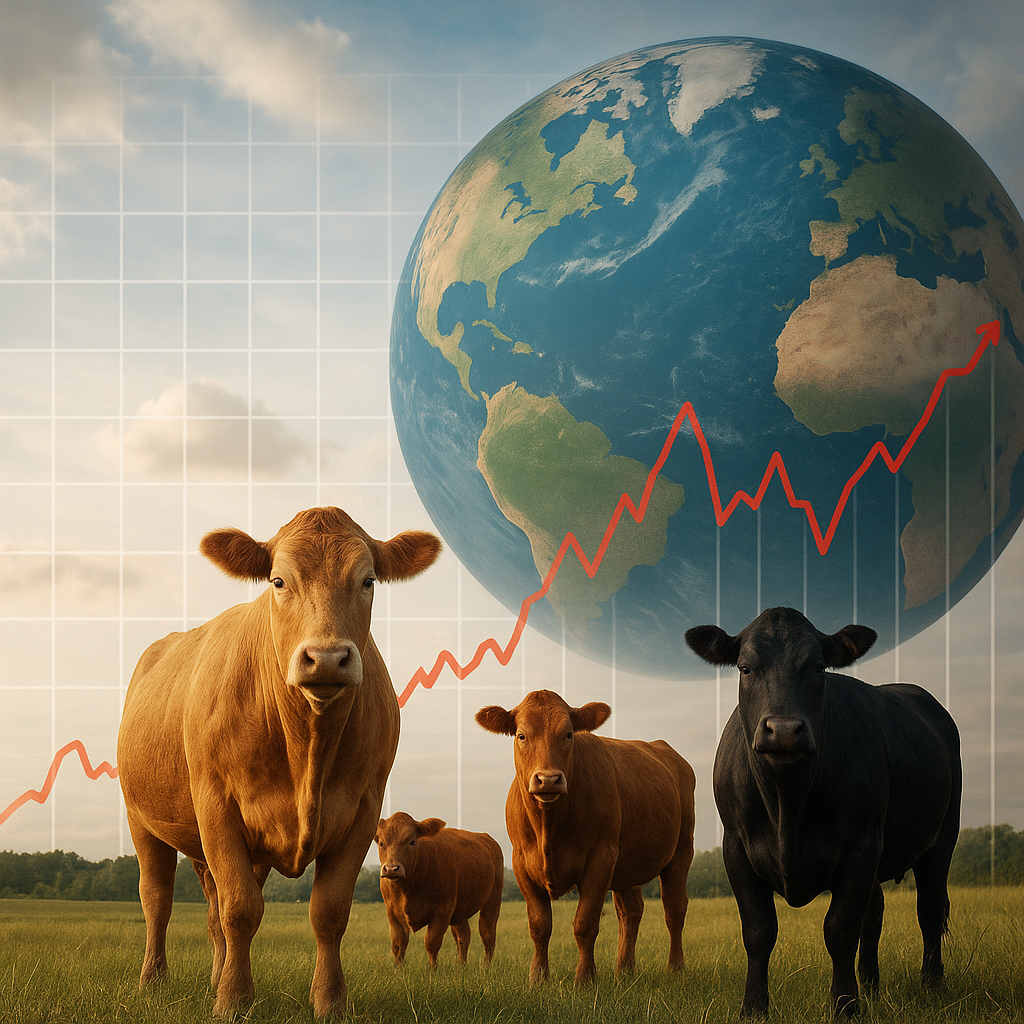The dynamics of agricultural commodity prices are increasingly shaped by a complex interplay of political forces, economic policies, and global tensions. As nations vie for influence, resource security, and economic advantage, the once predictable cycles of planting and harvest have given way to a landscape marked by unpredictable price swings and shifting trade routes. Understanding how geopolitics intersects with agricultural markets is essential for farmers, traders, policymakers, and consumers alike.
The Intersection of Geopolitics and Agricultural Markets
When countries engage in diplomatic negotiations, impose embargoes, or adjust foreign policy priorities, the ripple effects extend far beyond diplomatic chambers. In agriculture, even minor policy shifts can disrupt supply chain flows, alter planting decisions, and trigger abrupt changes in global pricing. For example, tensions in major grain-producing regions often translate into heightened market volatility for staples like wheat, corn, and rice. Investors and commodity traders monitor these developments closely, interpreting geopolitical signals as early warnings of potential shortages or surpluses.
At the same time, rising populations and changing diets in emerging economies amplify global demand for protein and processed foods. This increased consumption places additional pressure on major exporters, who must navigate diplomatic relations carefully to avoid potential retaliation or trade barriers. In some cases, governments leverage agricultural exports as tools of statecraft—either by restricting shipments to exert pressure or by offering favorable terms to strengthen strategic partnerships.
Trade Policies, Sanctions, and Their Ripple Effects
Trade regimes and bilateral trade agreements serve as foundational pillars for the movement of agricultural goods across borders. However, when geopolitical tensions escalate into formal sanctions or tariffs, these pillars can crack, causing major disruptions. Consider a scenario in which a leading oil exporter faces comprehensive sanctions: the resulting energy shortages inflate production costs for fertilizer and fuel, thereby squeezing agricultural producers worldwide.
- Tariffs on grain or soybean shipments can raise food prices in importing countries, driving inflation and social unrest.
- Export bans—often enacted to secure domestic food supplies—can exacerbate shortages abroad, undermining global food security.
- Indirect sanctions that target financial institutions hamper payment channels, complicating transactions between buyers and sellers.
Moreover, sanctions are not always permanent. Their sudden removal or relaxation can produce contrasting effects: a surge in exports may depress prices, while uncertainty about future policy changes fosters caution among investors. Navigating this unpredictable environment requires robust risk management strategies and real-time intelligence on the evolving diplomatic landscape.
Transport, Logistics, and Infrastructure Challenges
The efficient movement of agricultural commodities relies on a network of ports, rail lines, highways, and storage facilities. When political tensions lead to security concerns—such as blockades, port closures, or pipeline disruptions—the cost and time required to transport goods can skyrocket. For example, a blockage in a critical maritime chokepoint may force vessels to reroute thousands of miles, adding days or weeks to delivery schedules and increasing insurance premiums.
In regions with underdeveloped infrastructure, these challenges are magnified. Farmers and exporters face limited options for reaching global markets, leaving them vulnerable to local political instability or bureaucratic delays. Even minor skirmishes or civil unrest can delay shipments at border crossings, creating a cascade of backlogs that ripple through the entire network.
- Maintenance backlogs and underinvestment in port facilities can lead to congestion and spoilage of perishable goods.
- Railway line sabotage or highway closures may force reliance on less efficient transport modes.
- Border inspections, driven by security concerns, can lengthen wait times and unpredictably alter shipping routes.
Adapting to Uncertainty: Strategies for Stakeholders
In the face of such intricate challenges, stakeholders across the agricultural spectrum must develop resilient approaches. Producers can mitigate exposure by diversifying their customer base and exploring alternative markets. Traders and financial institutions may employ hedging instruments—such as futures contracts and options—to manage price risk and lock in favorable rates. Meanwhile, importers and governments should invest in comprehensive monitoring of geopolitical trends to anticipate supply disruptions and secure critical inputs like fertilizer and seed.
Best Practices for Risk Mitigation
- Implement scenario planning to assess the potential impact of major policy shifts on crop yields and export volumes.
- Establish strategic grain reserves to buffer against sudden supply shortages and price spikes.
- Strengthen partnerships with logistics providers to ensure flexible shipping options and backup routes.
- Leverage digital platforms and satellite data to gain real-time visibility into harvest conditions and transport bottlenecks.
By integrating these measures into their operational frameworks, agricultural businesses can transform geopolitical uncertainty from a looming threat into an opportunity for innovation. Embracing advanced analytics and fostering collaborative networks will enable more agile responses to shifting price signals and emerging trade policies.
The Road Ahead: Navigating a Shifting Terrain
As the world grapples with evolving power dynamics, climate change pressures, and demographic shifts, the agricultural sector stands at a crossroads. Balancing the imperatives of national security and economic growth with the need for stable food supplies demands nuanced policy-making and international cooperation. Ultimately, understanding the interplay between sanctions, diplomatic relations, and commodity flows will be key to ensuring a more resilient and sustainable food system for generations to come.



